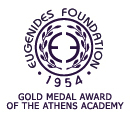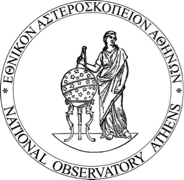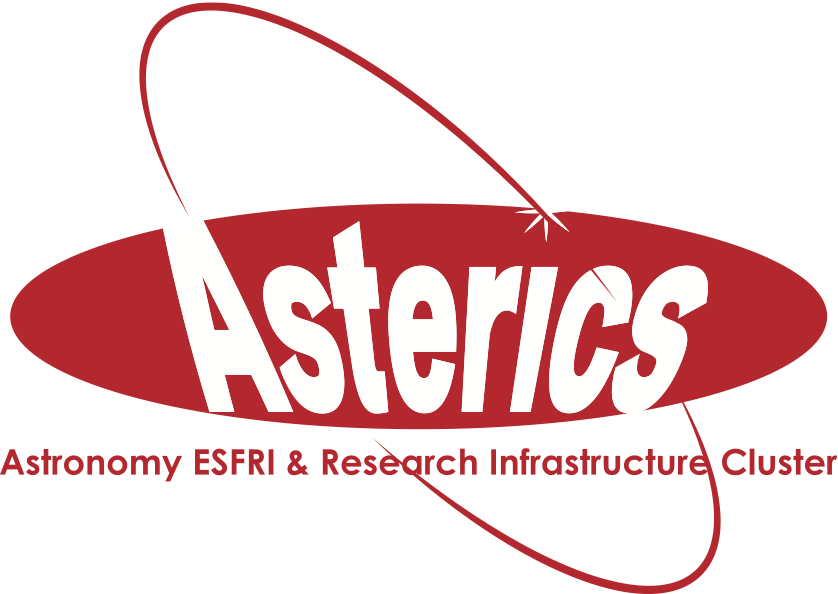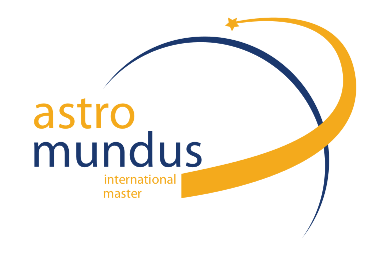Special Session SS11
4 July 2016
The interplay between turbulence and micro-physical processes
Aims and scope

Turbulence is omnipresent in the interstellar medium, from subsonic to supersonic depending on the phase where it operates. With the advent of large spectroscopic mapping capabilities probing the kinematics of the neutral and ionized phases, it is now possible to probe the gas
turbulence over a broad range of densities and temperature. Turbulence is a key player not only for the the gas structure and the rate of star formation. It also impacts the gas thermodynamics as a heat source in the dissipation regions, the propagation of cosmic rays, the properties of dust grains and the gas chemistry. Turbulence has a strong influence on the transition between atomic and molecular hydrogen, the formation of hydrides and more generally the interstellar chemistry. Numerical simulations are now able to capture the multiphase nature of the ISM but cannot include all aspects. Discussions and exchanges between observers and modelers are therefore necessary to identify the challenges and diagnostic tools.
This special session during EWASS 2016 aims at presenting recent theoretical and
observation results, and at discussing perspectives for the future.
Oral and poster contributions are welcome.
Programme
- Characterization of the ISM structure and the turbulence properties
- Variations of the ionisation fraction and magnetic fields
- Variations of the ionisation fraction and magnetic fields
Invited speakers
- François Boulanger (IAS, France)
- Eva Schinnerer (MPIA, Germany)
- Marcelino Agùndez (ICMM, Spain)
- Jérôme Pety (IAS)(IRAM)
Scientific organisers
Maryvonne Gerin (LERMA), Patrick Hennebelle (CEA), Susanne Aalto (Chalmers University), Simon Glover (Heidelberg University), Sergio Molinari (INAF), Snezana Stanimirovic (University of Wisconsin)
Contact
Maryvonne Gerin (maryvonne.gerin @ ens.fr), Patrick Hennebelle (Patrick.Hennebelle @ cea.fr)
Updated on Mon Jan 11 15:00:02 CET 2016
|

 A power cut will shut down all EAS services on Tuesday, 10 January 2017 starting at 7:30 CET.
A power cut will shut down all EAS services on Tuesday, 10 January 2017 starting at 7:30 CET.












